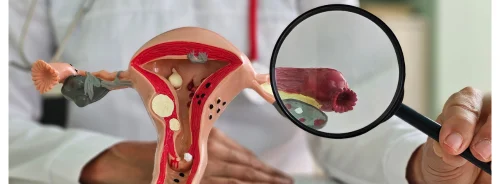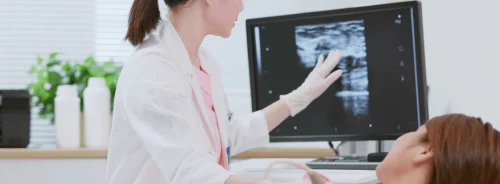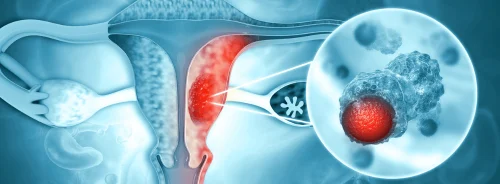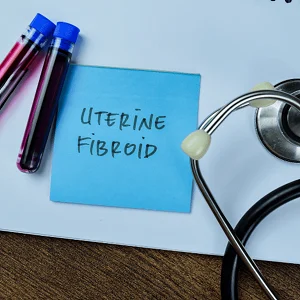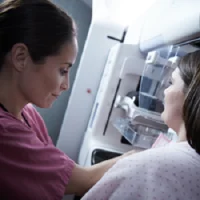Not all uterine fibroids require treatment. But if patients are suffering due to fibroid-related symptoms like heavy periods, frequent urination, pain, and bloating,1 the good news is you can help them find relief.
Knowing which treatment to recommend is not always a straightforward decision, and individual patient preferences and circumstances should be considered. Let’s compare two uterine fibroid treatments: radiofrequency ablation (or RFA) versus hysterectomy.
About the procedures
In this article, we’ll discuss the Acessa® procedure, a laparoscopic radiofrequency ablation (or Lap-RFA) procedure. The Acessa procedure uses controlled radiofrequency energy (heat) to cause coagulative necrosis of the fibroid tissue, and the treated tissue softens and shrinks over time. The procedure is minimally invasive and uses laparoscopic ultrasound and guidance mapping to target the fibroids.
As you know, hysterectomy is a surgical procedure that involves removing the uterus, thereby removing the fibroids. Hysterectomy can be performed through an abdominal incision, through the vagina, or using laparoscopic or robotic-assisted techniques.
How the two treatments compare on some important factors
Effectiveness |
Both procedures are considered to be effective treatments for symptomatic uterine fibroids.
The Acessa procedure is supported by clinical data demonstrating significantly reduced fibroid volume across a broad range of fibroid types, favorable reintervention rates, and significant improvements in fibroid-related quality of life.2
Hysterectomy has historically been the tried-and-true procedure for the treatment of uterine fibroids and remains the only proven permanent solution.3 |
Method |
Although both procedures are effective fibroid treatments, their methods differ.
The Acessa procedure is minimally invasive and only targets the uterine fibroids, leaving healthy uterine tissue intact. The procedure shrinks the fibroids (but does not remove them), which relieves the fibroid symptoms.
Hysterectomy is a major, invasive, irreversible surgery that completely removes the uterus and any fibroids growing in the uterus. |
Recovery time |
The Acessa procedure is an outpatient procedure. Most patients get cleared to go home the same day and are usually ready to return to work after 4-5 days.4 Abdominal hysterectomy can require a patient to stay in the hospital for a few days.3 Recovery time after hysterectomy is usually about 4-6 weeks.5 Make sure patients understand the recovery times for each procedure and the potential impact on their family, work, and social commitments. |
Fertility |
Neither procedure is recommended for women who wish to have children in the future.
Insufficient data exists on which to evaluate the safety and effectiveness of the Acessa procedure in women who plan future pregnancy; therefore, the procedure is not recommended for those women.
Hysterectomy is a bit more straightforward—removal of the uterus results in permanent infertility.
When discussing uterine fibroid treatment options, it’s so important to encourage patients to deeply consider their future plans. And if pregnancy is a possibility for your patient, steer her toward other options. |
So…Lap-RFA or hysterectomy?
Or maybe another option altogether? It all depends on your patient and her individual situation. And these are just some of the factors to consider. By talking openly to your patients, you can help them find relief from their fibroid symptoms with the most appropriate solution.
Click here for the latest Women's Health news
Source: Hologic

